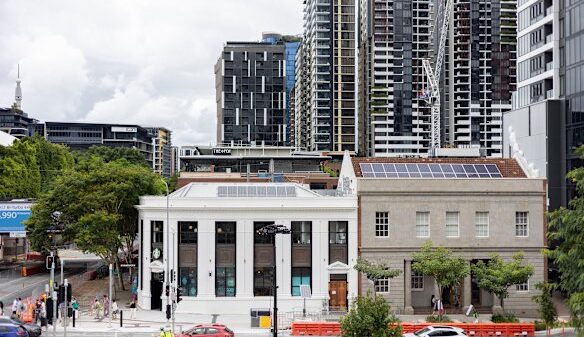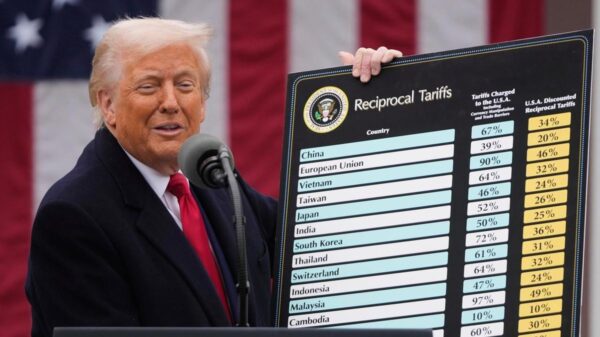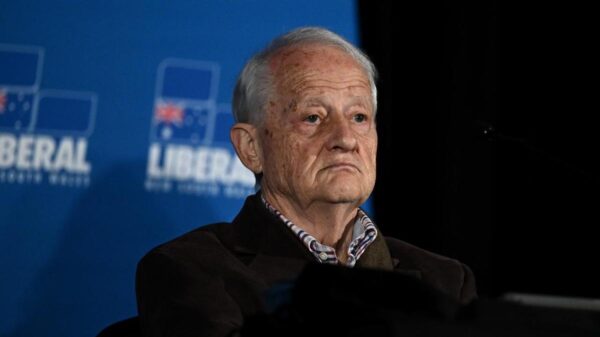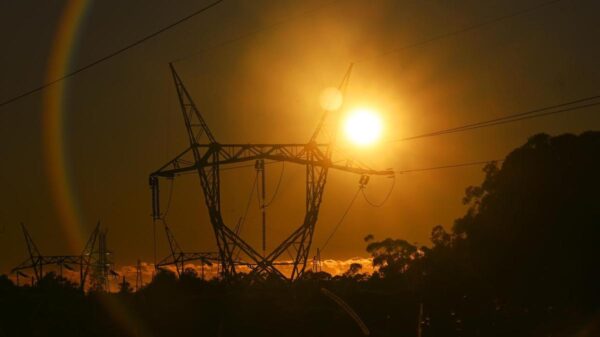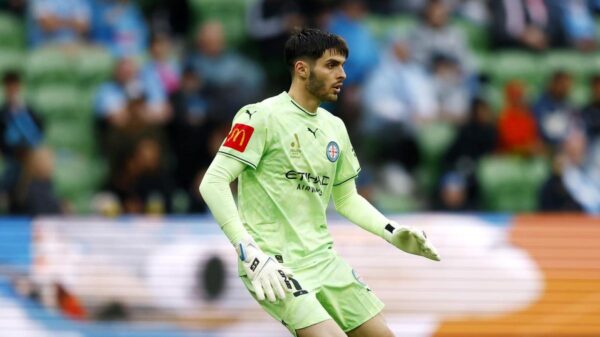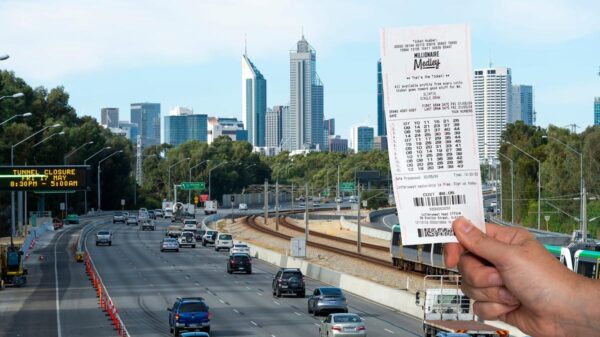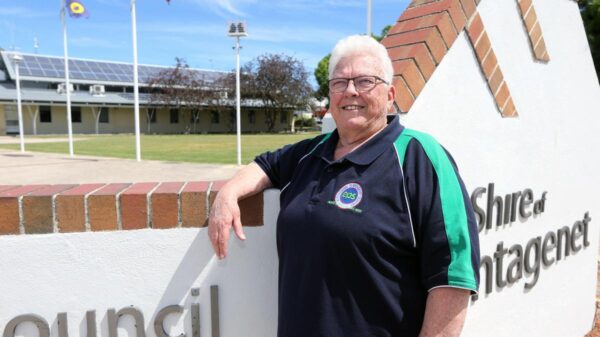Stellantis, the parent company of Peugeot, has announced it will end its development of hydrogen fuel cell technology, marking a significant shift in its strategy towards electric vehicles (EVs). The French-Italian-American automaker will cease production of fuel cell-powered vans, which include models like the Opel Vivaro-e Hydrogen and Peugeot e-Expert Hydrogen.
In an official statement, Jean-Philippe Imparato, Chief Operating Officer for Europe, emphasized that the hydrogen market remains a “niche segment” with no mid-term economic sustainability. He noted, “We must make clear and responsible choices to ensure our competitiveness and meet the expectations of our customers with our electric and hybrid passenger and light commercial vehicles offensive.”
The decision to discontinue hydrogen fuel cell vehicles is largely influenced by the lack of fueling infrastructure, insufficient financial incentives, and high purchase costs. Stellantis indicated that it does not foresee the widespread adoption of hydrogen-powered light commercial vehicles before the end of the decade.
With this announcement, the company will halt the series production of several hydrogen-powered vans, including the larger Opel Movano-e Hydrogen and Citroen e-Jumper Hydrogen. Although some hydrogen vans have been delivered for advance orders, Stellantis is shifting its focus to enhancing its electric and hybrid offerings.
The Opel Vivaro-e Hydrogen features a 45 kW fuel cell, with hydrogen tanks refilling in approximately three minutes. This model also includes a 10.5 kWh lithium-ion battery pack, allowing it to operate as a pure electric vehicle for around 50 km. The total combined range under the WLTP standard is approximately 400 km.
Despite the halt in hydrogen development, Stellantis has confirmed that there will be no job losses as a result of this decision. Employees currently involved in hydrogen fuel cell work will be reassigned to other projects within the company.
Stellantis is not alone in reevaluating its approach to hydrogen fuel cells. In 2023, Toyota, a key advocate for this technology, shifted its focus towards fuel cell commercial vehicles rather than consumer cars. Nevertheless, the hydrogen fuel cell Toyota Mirai sedan continues to be available, and other automakers are releasing new fuel cell vehicles, such as the second-generation Hyundai Nexo and the plug-in hybrid fuel cell Honda CR-V e:FCEV.
Hydrogen fuel cell vehicles operate by combining atmospheric oxygen with hydrogen stored in onboard tanks to produce electricity and water. The electricity generated powers electric motors that drive the wheels. Excess power from the fuel cell, along with energy recovered through regenerative braking, is stored in a high-voltage battery pack.
While hydrogen is the most abundant element in the universe, it is less common in its pure form on Earth, requiring substantial energy for extraction. The absence of extensive hydrogen production facilities means that the logistics of delivering hydrogen and establishing public fueling stations remains a challenge. Currently, there are only 13 hydrogen fuel stations in Australia and about 100 across the United States, highlighting the need for infrastructure development.
As the automotive industry continues to pivot towards sustainability, Stellantis’s decision reflects broader trends in vehicle technology and consumer preferences. The focus on electric and hybrid vehicles is likely to shape the future of mobility, as companies adapt to changing market dynamics and environmental expectations.



